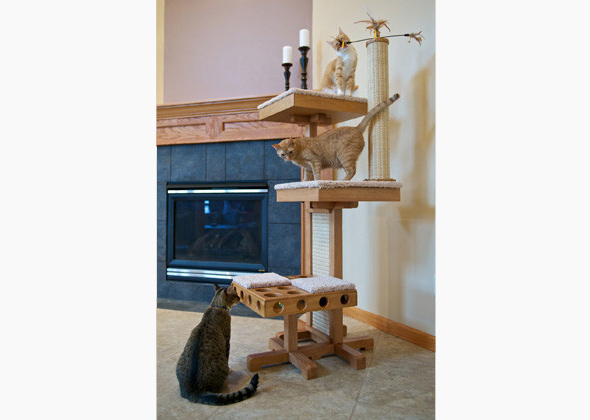8 Must-Haves for Bringing a New Dog Home
Published on April 19, 2016
Skip To
Bringing home a new four-legged member of your family is exciting
— and a lot of work. So it helps to be prepared before the big day arrives.
We’ve pulled together a helpful cheat sheet of a few of the items you’ll want to have on hand when you welcome your new dog, whether he’s a puppy, a senior or any age in between. Take a look through the photo gallery below to make sure you’re ready.
More on Vetstreet:
We’ve pulled together a helpful cheat sheet of a few of the items you’ll want to have on hand when you welcome your new dog, whether he’s a puppy, a senior or any age in between. Take a look through the photo gallery below to make sure you’re ready.
More on Vetstreet:
- 7 Things to Know About Pet Adoption
- Why You Should Consider a Senior Pet
- Advice for Your First Shelter Pet Adoption
- When Your New Pet Isn’t a Good Fit for You
- Take Our Quiz to Find the Right Dog Breed for You













